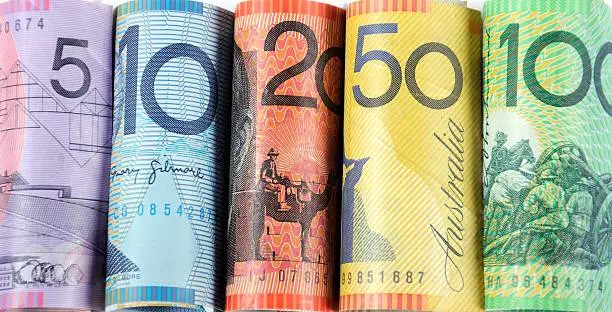The trading behavior of the Australian dollar (AUD) against the US dollar (USD) has recently displayed a notable pause in its upward momentum, particularly around the price level of 0.6525 on the H4 chart. This stabilization is a significant shift following a series of gains, hinting at a consolidation phase. Such periods are often precursors to new trends, be they upward or downwards, creating a sense of anticipation regarding future market movements. Nonetheless, the recent dip in the US dollar, largely attributed to profit-taking after its own rally, has had a clear impact on the performance of the AUD.
The Reserve Bank of Australia (RBA) plays a pivotal role in shaping the currency’s trajectory. Recent minutes from the RBA’s meetings reveal an unwavering commitment to a restrictive monetary policy framework, aimed at controlling inflation until it aligns more closely with the bank’s target range. However, the central bank is also vigilant and potentially flexible, indicating a readiness to modify its policy stance should economic conditions necessitate such changes. The market’s sentiment reflects a cautious expectation of a possible interest rate cut in the near future—37% likelihood in February and a sizeable 58% in April. This dual nature of policy rigidity and adaptability is crucial for traders and investors alike, as it can dramatically influence currency valuations.
From a technical analysis perspective, the AUD/USD currency pair has just recently completed a corrective wave, having achieved a local decline target at 0.6440. The market currently shows signs of forming a corrective wave towards 0.6543, indicating a temporary rebound. However, prevailing market indicators caution against excessive optimism; there is an outlook for a subsequent downtrend targeting the lower end at 0.6380, illustrating the potential for further depreciation.
The MACD indicator serves as a fundamental indicator supporting this bearish perspective, as it remains below the zero line and signals the likelihood of descending to lower levels. Moreover, on the H1 chart, the AUD/USD is delicately poised near the 0.6543 level, displaying a consolidation pattern that might be misleading for those looking to buy into a rally. Technical signals point towards a probable breakout from this consolidation phase downward, setting an immediate target for the decline at 0.6464. The Stochastic oscillator further corroborates this bearish outlook, illustrating a downward trend with the signal line nearing the 20 mark, a level often associated with impending declines.
As the market digests these developments, traders are compelled to adopt a cautious perspective amid uncertainty surrounding potential shifts in monetary policy and ongoing technical patterns. The current dynamics suggest that although the AUD may exhibit short-term recoveries, the overarching market sentiments and indicators hint at a continued bearish tendency. Understanding these nuances is critical for anyone involved in forex trading, as they can significantly influence strategic positions in the near term.
The interplay between economic policy, market sentiment, and technical indicators will dictate the trajectory of the AUD/USD exchange rate. Traders should stay attuned to both global economic signals and domestic monetary policy changes to navigate this complex financial landscape effectively.

